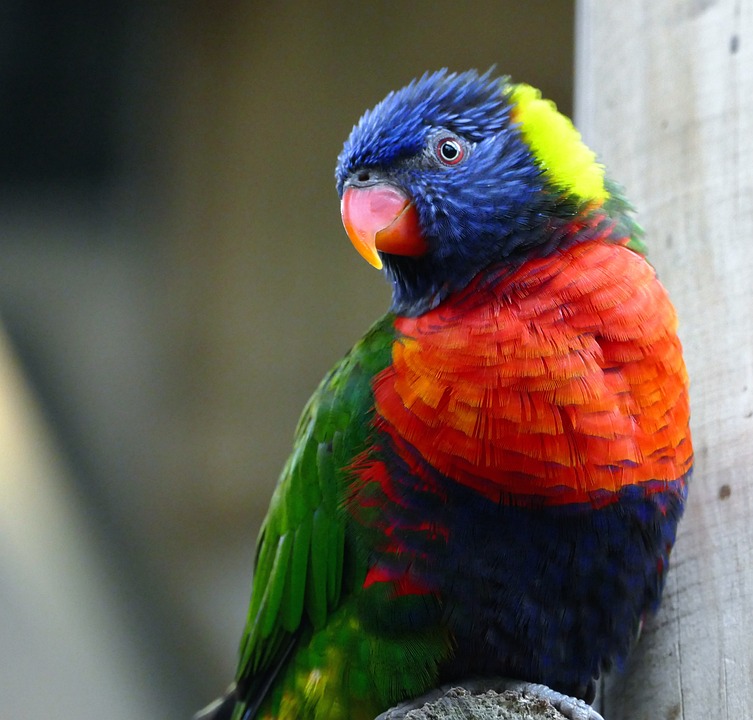Parrots are intelligent and social creatures that require mental and physical stimulation to thrive. Playtime with humans is crucial for their overall well-being and behavior. In this article, we will explore the significance of playtime and how it affects the mood and behavior of parrots.
One of the primary benefits of playtime for parrots is mental stimulation. Engaging in play activities helps stimulate their cognitive development and problem-solving skills. By providing them with toys, puzzles, and interactive games, you can keep their minds sharp and active.
Additionally, playtime offers parrots much-needed physical exercise. Just like humans, parrots need physical activity to maintain their health. Regular playtime sessions help promote physical health by encouraging movement and exercise. This can prevent obesity and other health issues related to a sedentary lifestyle.
Playtime also helps prevent boredom-related issues in parrots. Boredom can lead to destructive behaviors such as feather plucking, excessive vocalization, and aggression. By providing them with engaging toys and activities, you can keep them entertained and mentally stimulated, reducing the likelihood of these negative behaviors.
Beyond the physical and mental benefits, playtime also strengthens the bond between parrots and their human companions. Spending quality time together during play helps build trust and communication. It allows parrots to associate humans with positive experiences, leading to a stronger human-parrot relationship.
Moreover, playtime with humans can reduce stress and anxiety in parrots. Parrots are social animals and need social interaction for their emotional well-being. Regular play sessions provide them with the socialization they crave, helping alleviate stress and anxiety.
Playtime also plays a significant role in positive behavior modification for parrots. By engaging in play activities, you can redirect their energy and reduce aggressive behaviors. It also discourages excessive vocalization and screaming, as they learn to focus their attention on play rather than making noise.
Destructive behaviors, such as chewing on furniture or wires, can also be prevented through playtime. By providing them with appropriate toys and activities, you can redirect their natural instinct to chew towards more suitable options.
During playtime, it is essential to understand and interpret parrot body language. Signs of excitement and happiness include vocalization, fluttering wings, and playful behavior. On the other hand, signs of anxiety or fear may include feather fluffing, cowering, or hiding. Overstimulation can be recognized by excessive vocalization or aggressive behavior. Paying attention to their body language allows you to adapt playtime activities accordingly and ensure a positive experience for both you and your parrot.
Some commonly asked questions about parrot behavior and playtime include the duration of playtime sessions, recommendations for engaging toys or activities, and what to do if a parrot seems disinterested during playtime. Additionally, many wonder if playtime with humans can help solve behavioral issues in parrots and if there are specific playtime activities for different parrot species. Addressing these questions can provide parrot owners with valuable insights into optimizing playtime for their feathered friends.
In conclusion, understanding the significance of playtime with humans is crucial for parrot owners. By providing mental stimulation, physical exercise, and promoting positive behavior, playtime sessions contribute to a healthier and happier parrot. Paying attention to their body language and adapting playtime activities accordingly ensures a positive experience. By dedicating time and effort to playtime, you can strengthen the bond between you and your parrot while fostering positive behavior.









